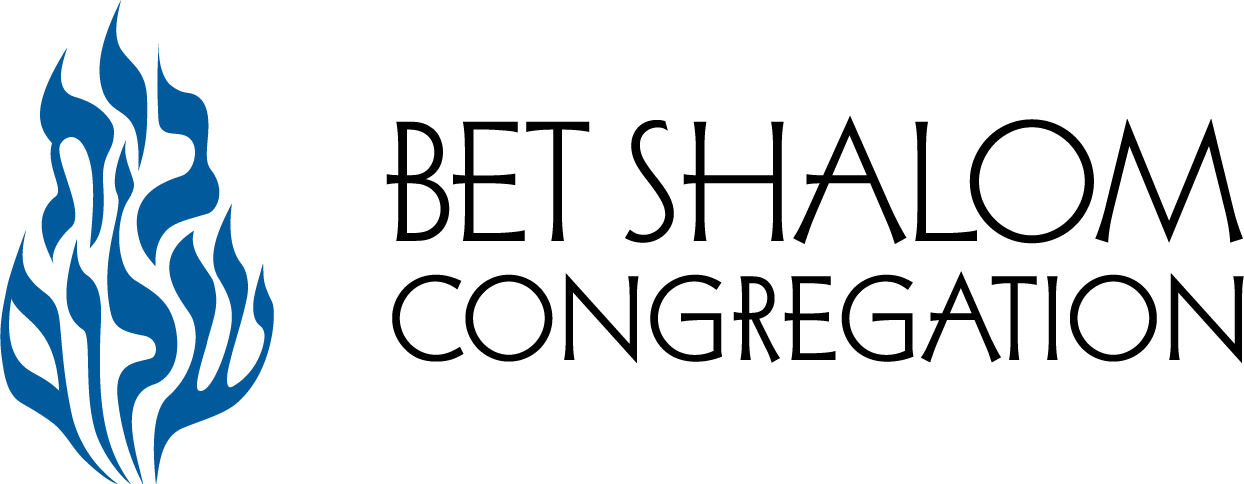Red Blends
Tasting notes: Red Blends
Bet Shalom Wine Club December 9, 2023
Gratiot-Pilliere Brut Tradition Champagne NV @$44.98: 68 % Pinot Meunier, 29 % Chardonnay, 3 % Pinot Noir. Visually, a pretty chain of bubbles float drifts up through the straw yellow tint. The nose remains discreet with notes of flowers and fresh white fruits (pears). The first taste in the initial attack is direct, crisp with a developing fruit over which a lovely, persistent minerality is dominant leading to an expressive finish.
Venge Scouts Honor Red 2021, Napa, CA @ $44.99, Buy One Get One Free: 76% Zinfandel, 14% Charbono (Bonarda), 8% Petite Sirah, 2% Syrah. Winemaker Notes: Full-bodied, concentrated, and gorgeous, with jammy, ripe black fruits, sweet currants, pepper spice, and mouthwatering deliciousness.
Charbono (Bonarda) is a widely traveled red-wine grape variety with a complicated history. Originally from the alpine vineyards of Savoie in eastern France, it is now mostly planted in Napa Valley, where it is known as Charbono (8%), and in Argentina (92%), where it goes by the name Bonarda. The variety's wines are generally medium bodied with high acidity and berry fruit aromas and some smoky characteristics. Bonarda in Argentina is used mainly to make fruity, medium-bodied bulk wines with low tannins. However, some producers are beginning to look more seriously at Bonarda, and are using site selection and winemaking techniques to make more interesting and premium wines. In California's Napa Valley, Charbono – as it is known there – has a more historic role in the region's wines. It is thought that the variety was brought here by European settlers but the why and how of this is disputed. The most popular theory suggests that it was brought to the valley by Italians under the guise of Barbera. In the 1940s, researchers discovered that these vines were something different from Barbera altogether. Inglenook released its first Charbono in the same decade, and now remains one of the variety's most important proponents.
Grange Rouge Gigondas (Rhone Valley) 2021 @ $19.99: 80% Grenache 20% Syrah. Plum jam with a hint of vanilla and juicy blackcurrant are enveloped in soft yet powerful tannins, mingling with scents of provençal wild herbs (thyme, laurel and rosemary) to produce an aromatic bouquet, building to a long and spicy finish seasoned with black pepper.
Vall Llach Embruix (“Bewitching” in Catalan) Priorat Spain (West of Barcelona) 2021 @ $29.99 / Buy One Get One Free: 28% Merlot, 27% Garnacha, 21% Carignan (Cariñena), 12% Syrah, 12% Cabernet Sauvignon (GSM+Carignan and CS). Deep cherry red in color with intense aromas and flavors of black plum and dark cherry, clove, and freshly ground black pepper.
Carignan (Cariñena in Spain, Carignane in the USA) is a black-skinned wine grape variety, most likely native to Aragon. The variety is found in wines along the Mediterranean coast, particularly in northeastern Spain and in France's Languedoc-Roussillon region. It is used most commonly for blending with many of the region's other key varieties – most famously Grenache, Syrah and Mourvedre. Carignan prefers warm, dry climates when the grape can express high tannins, acid and color. This makes it an excellent addition to red wine blends that have plenty of aroma and flavor, but lack body and depth of color.
Il Fauno de Arcanum Toscana, Italy 2019 @ $34.99: 43% Merlot 32% Cab Franc 20% Cabernet Sauvignon 5% Petit Verdot (Bordeaux blend): Winemaker Notes: The nose exudes black cherries, wild honey, and sweet mint. This full-bodied wine immediately envelopes the palate, framed and defined by an intense minerality. Flavors of dark plums, sweet roses are enhanced by notes of black pepper and exotic spice. The finish is vibrant and uplifting, with bright acid and a hint of cedary oak.
Red Wine Blends:
With hundreds of red grape varieties to choose from, winemakers have the freedom to create a virtually endless assortment of blended red wines. In many European regions, strict laws are in place determining the set of varieties that may be used, but in the New World, experimentation is permitted and encouraged resulting in a wide variety of red wine styles. Blending can be utilized to enhance balance or create complexity, lending different layers of flavors and aromas. For example, a red wine blend variety that creates a fruity and full-bodied wine would do well combined with one that is naturally high in acidity and tannins. Sometimes small amounts of a particular variety are added to boost color or aromatics. Blending can take place before or after fermentation, with the latter, more popular option giving more control to the winemaker over the final qualities of the wine.
